
views
X
Research source
It tastes like a combination of strawberry and pineapple, with a hint of creaminess and sour citrus. Soursop juice is not particularly difficult to make and offers a range of health benefits. High levels of vitamin C keep the urinary tract clean, and vast amounts of fiber improve digestive health. The fruit juice also contains a number of other nutrients, including potassium, magnesium, thiamin, copper, niacin, folate, iron, and riboflavin.
Mashing the Soursop
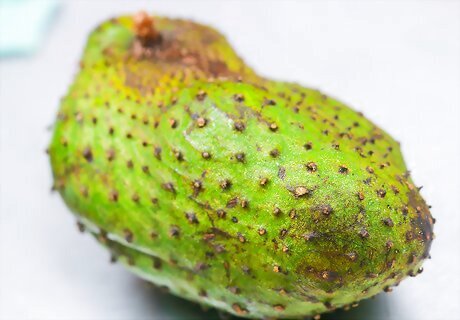
Select a ripe soursop. Look for a fruit with green skin that can be indented when you apply a little pressure with your thumb. A hard fruit with yellow-green skin should be allowed to ripen at room temperature for a few days.

Wash your hands. You will come into direct contact with the flesh of the soursop, so your hands should be clean to avoid contaminating the juice.

Wash the soursop under running water. Dirt can get caught in between the bumps of the skin, so you may need to scrub the fruit with your fingers to get it clean.
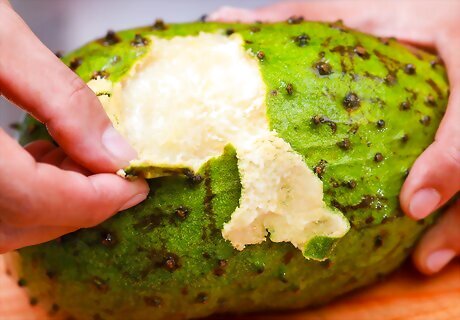
Peel the fruit. In spite of its initial appearance, the skin is very soft and can be peeled by hand. You do not need to use a peeler or any other tools to complete this step.
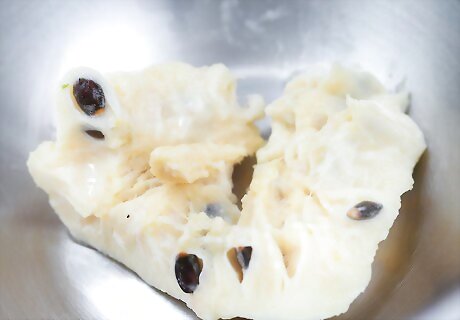
Place the soursop into a large bowl and add the milk or water. It is best to use a bowl with a wide mouth since you will need to work with the fruit while it is inside the bowl. The process can also get messy, so you may also want to choose a bowl with plenty of extra depth.
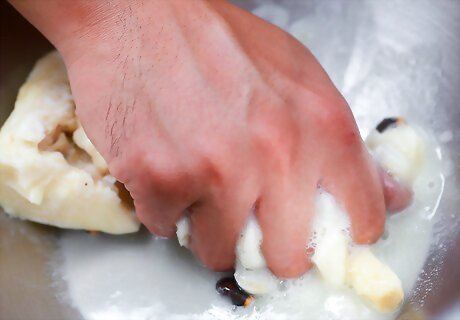
Squeeze the fruit with your hands. Since the flesh is so soft, it should be easy to squeeze without the use of any specialized kitchen tool. Squeezing the soursop releases its juices, and squeezing the juices directly into the water or milk blends them together more thoroughly. By the end of the process, you should be left with a large piece of pulp held together by the fruit's fibrous core.
Straining by Hand
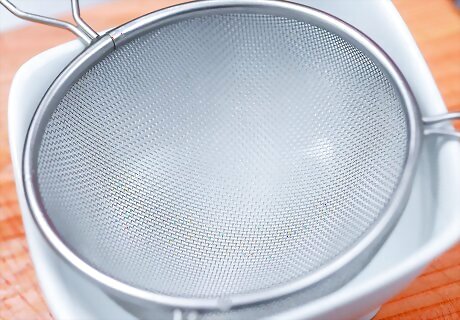
Position a mesh strainer over a bowl. The strainer should be small enough to fit over the bowl without any overlap, and the bowl should be large enough to contain all the liquid from your soursop. The strainer should also have fairly small gaps. The larger the gaps are, the more likely that pulp will get through.
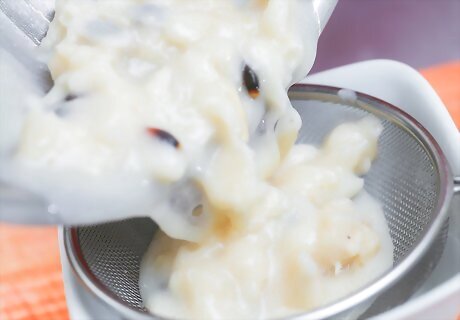
Slowly pour the juice through your strainer and into the bowl. This process may take a while, depending on the size of your strainer.
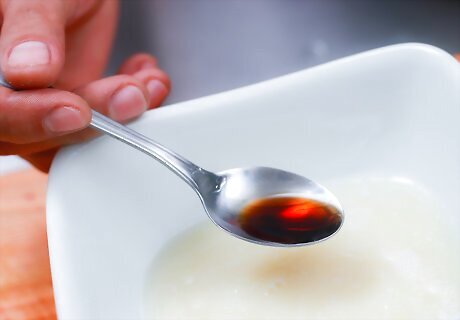
Add other flavoring ingredients as desired. Typically, lime juice, ginger, and sugar make a good, authentic combination, as does a mix of nutmeg and vanilla.
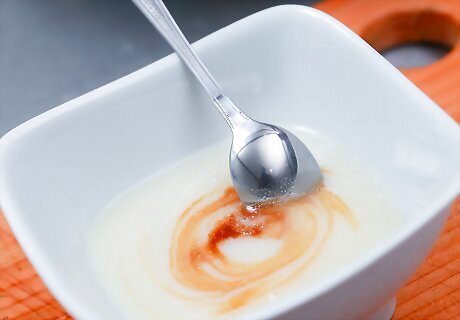
Give the juice a final stir before pouring it into glasses. Serve it chilled or over ice.
Blending the Juice
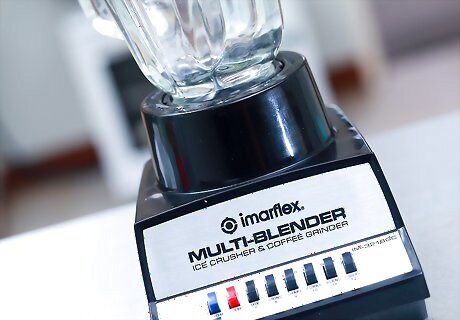
For a slightly thicker soursop juice, blend the juice instead of straining it by hand. More of the pulp is broken down through blending, and it is left in the juice rather than getting strained out.
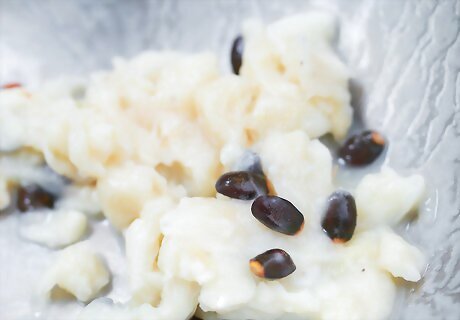
Remove the seeds and the fibrous core from the mashed soursop. Any pulp that fell from the core can remain in the liquid, but the core itself and the seeds should be removed.
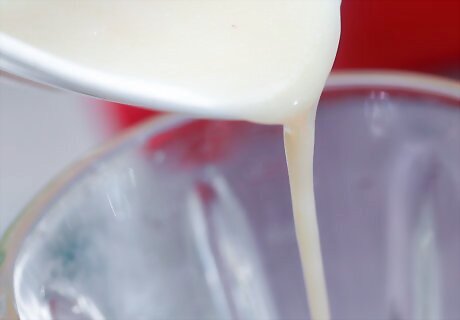
Pour the liquid into a blender. Do not worry about straining it first, and wipe up any juice that spills with paper towels.
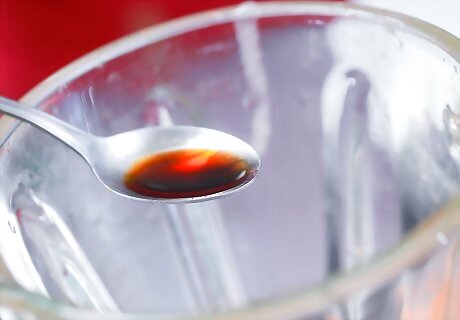
Add any extra flavorings to the liquid in the blender. Try a combination of vanilla and nutmeg, or a mix of sugar, ginger, and lime.

Mix the ingredients together using a medium to high-speed setting. Blend for several minutes. The pulpy liquid should be smooth and creamy by the time you finish.

Add more water if the juice is too thick. Pour in 1/2 cup (125 milliliters) at a time. Blend again.

Serve the juice chilled or in glasses with ice. Refrigerate any extra juice for up to a week.



















Comments
0 comment